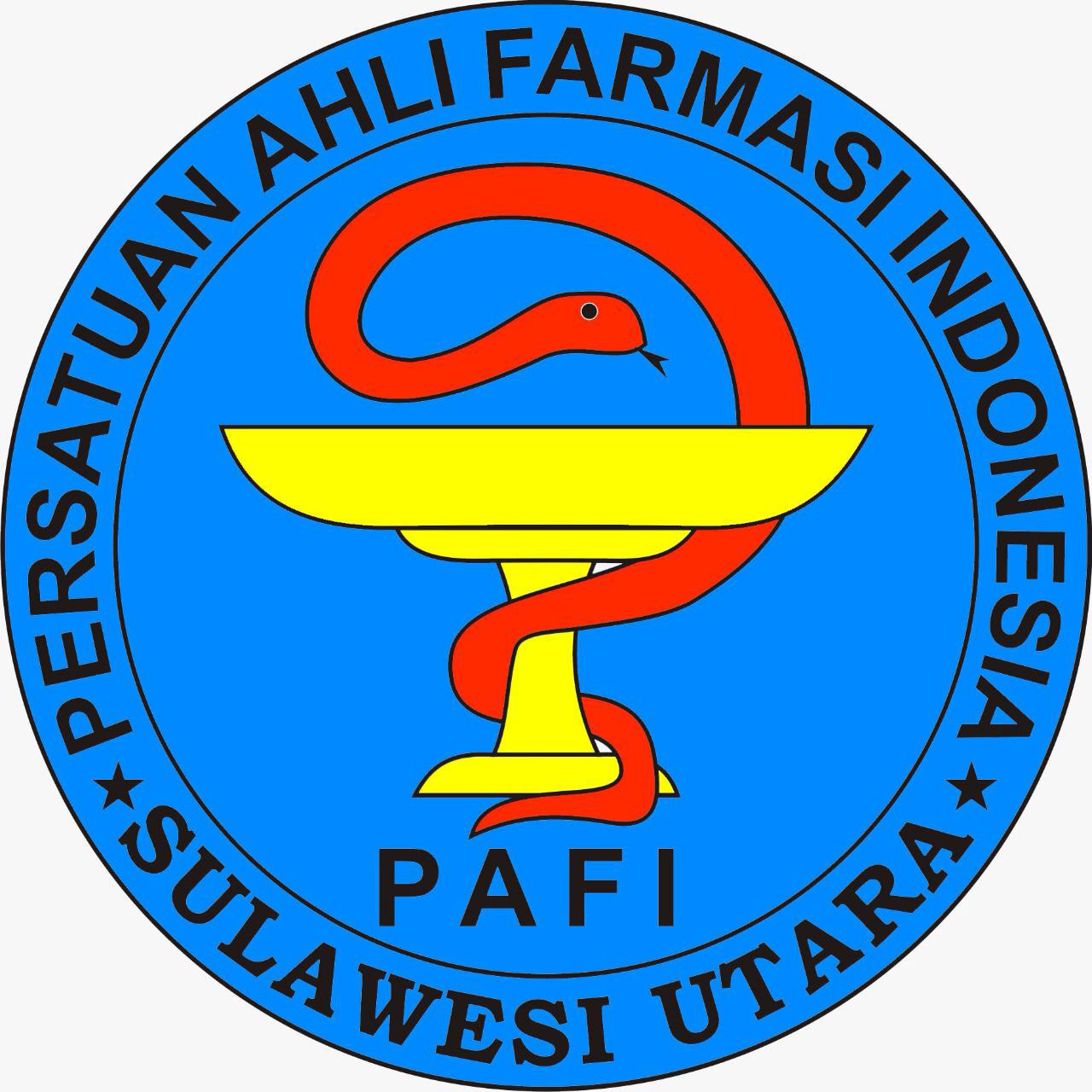IDENTIFIKASI BAKTERI PADA PLAK GIGI PASIEN DI PUSKESMAS BAHU DAN UJI RESISTENSI TERHADAP ANTIBIOTIK KLORAMFENIKOL DAN LINKOSAMIDA (KLINDAMISIN)
Abstract
IDENTIFIKASI BAKTERI PADA PLAK GIGI PASIEN DI PUSKESMAS BAHU DAN UJI RESISTENSI TERHADAP ANTIBIOTIK KLORAMFENIKOL DAN LINKOSAMIDA (KLINDAMISIN)
Fransiska Rosalita Kaligis1), Fatimawali1), Widya Astuty Lolo1)
1)Program studi farmasi FMIPA UNSRAT Manado, 95115
ABSTRACT
Dental plaque is a major cause of dental caries and periodontal disease. The main cause of dental plaque is bacteria. The treatment used to control dental plaque is usually an antibiotic that aims to remove plaque on a regular basis, to prevent unaccounted plaque that over time causes damage to dental and periodontal tissues. This study aims to determine the level of resistant bacteria in the identification and isolation of dental plaque against antibiotics class Kloramfenikol and Linkosamida (Clindamycin). This research was conducted by taking dental plaque samples against 3 patients in Public Health Bahu for isolation, bacterial identification and resistance test against antibiotics according to CLSI standard (Clinical Laboratory Standards Institute) using disc diffusion method. The results of this study showed that the identified bacteria from dental plaque isolates were Bacillus sp, Streptococcus sp, Enterococcus sp, Veillonela sp, and Lactobacillus sp had resistance against Chloramphenicol antibiotics. The types / genera of Bacillus sp, Streptococcus sp, Enterococcus sp, and Lactobacillus sp was intermediate against Chloramphenicol, and Veillonela sp. type bacteria / genus are sensitive to Chloramphenicol. The types / genera of bacteria Bacillus sp, Streptococcus sp, Enterococcus sp, and Veillonela sp have resistance to clindamycin antibiotics, as well as the type / genus of Lactobacillus sp which have intermediate resistance bacteria against clindamycin antibiotics. Clindamycin antibiotics have a high resistance rate of 83% against bacteria isolated from dental plaque.
Keywords: Dental plaque, antibiotics, bacteria
ABSTRAK
Plak gigi merupakan penyebab utama terjadinya karies gigi dan penyakit periodontal. Penyebab utama terbentuknya plak gigi adalah bakteri. Pengobatan yang digunakan untuk mengontrol plak gigi biasanya adalah antibiotik yang bertujuan untuk menghilangkan plak secara teratur, untuk mencegah plak tidak tertimbun yang lama kelamaan menyebabkan kerusakan pada jaringan gigi dan periodontal. Penelitian ini bertujuan untuk menentukan tingkat resisten bakteri yang di identifikasi dan di isolasi dari plak gigi terhadap antibiotik golongan Kloramfenikol dan Linkosamida (Klindamisin). Penelitian ini dilakukan dengan mengambil sampel plak gigi di 3 pasien di Puskesmas Bahu untuk dilakukan isolasi, identifikasi bakteri serta uji resistensinya terhadap antibiotik sesuai dengan standar CLSI (Clinical Laboratory Standards Institute) dengan menggunakan metode disc diffusion. Hasil penelitian ini menunjukan bakteri yang teridentifikasi dari isolat plak gigi adalah Bacillus sp, Streptococcus sp, Enterococcus sp, Veillonela sp, dan Lactobacillus sp telah resistensi terhadap antibiotik Kloramfenikol. Jenis/genus bakteri Bacillus sp, Streptococcus sp, Enterococcus sp, dan Lactobacillus sp intermediate terhadap Kloramfenikol, serta jenis/genus bakteri Veillonela sp sensitif terhadap Kloramfenikol. Jenis/genus bakteri Bacillus sp, Streptococcus sp, Enterococcus sp, dan Veillonela sp telah resistensi terhadap antibiotik Klindamisin, serta jenis/genus bakteri Lactobacillus sp intermediate terhadap antibiotik Klindamisin. Antibiotik Klindamisin memiliki tingkat resisten yang tinggi sebesar 83% terhadap bakteri yang di isolasi dari plak gigi.
Kata kunci : Plak gigi, antibiotik, bakteri
Full Text:
PDFDOI: https://doi.org/10.35799/pha.6.2017.16887
Refbacks
- There are currently no refbacks.
Copyright (c) 2017 PHARMACON
 | Publisher : |  | Cooperation With : |

This work is licensed under a Creative Commons Attribution-NonCommercial 4.0 International License.








